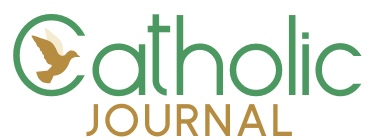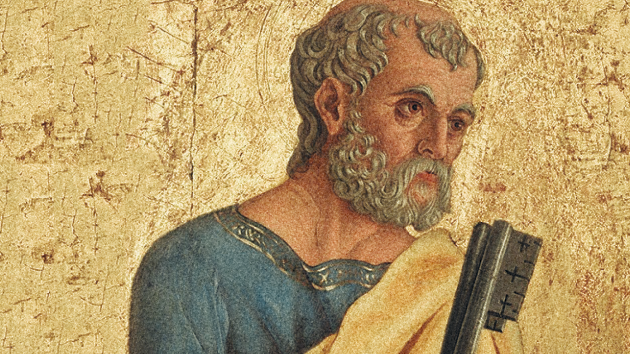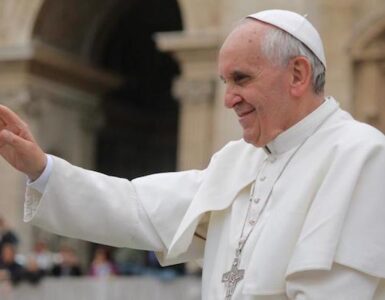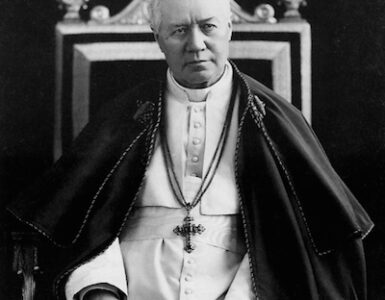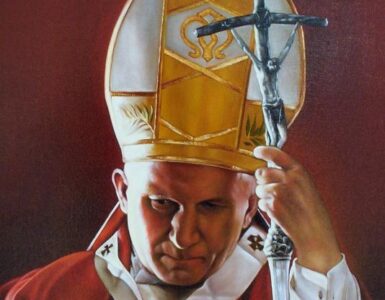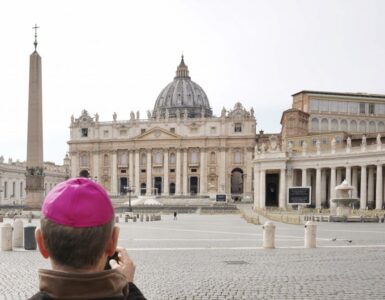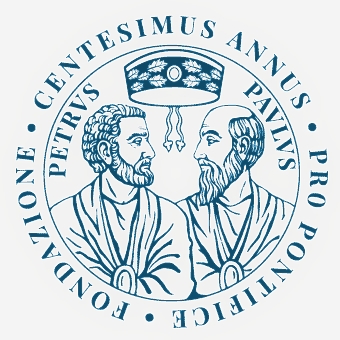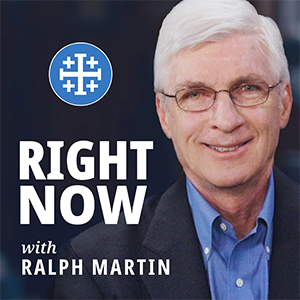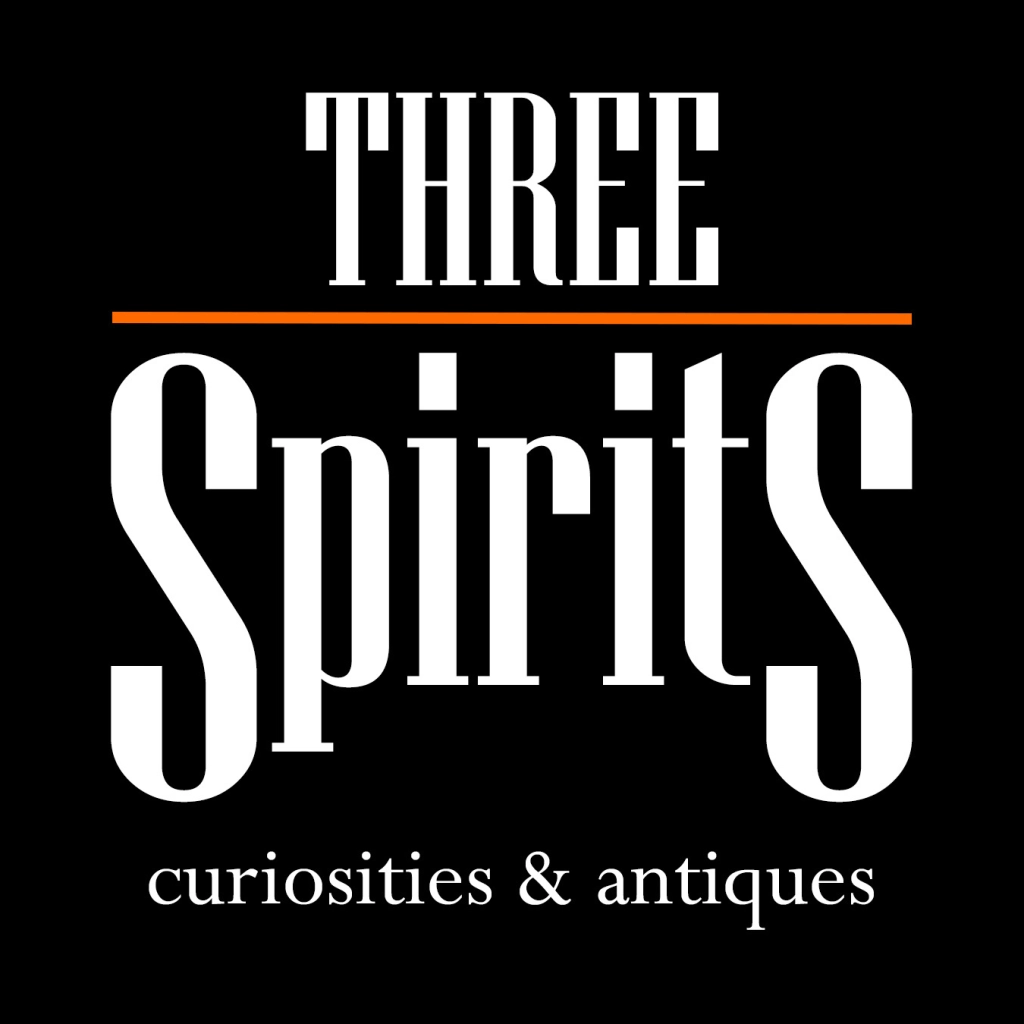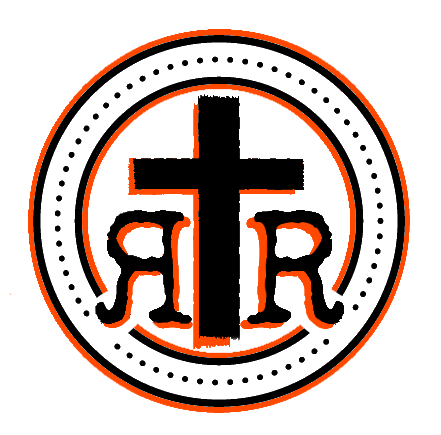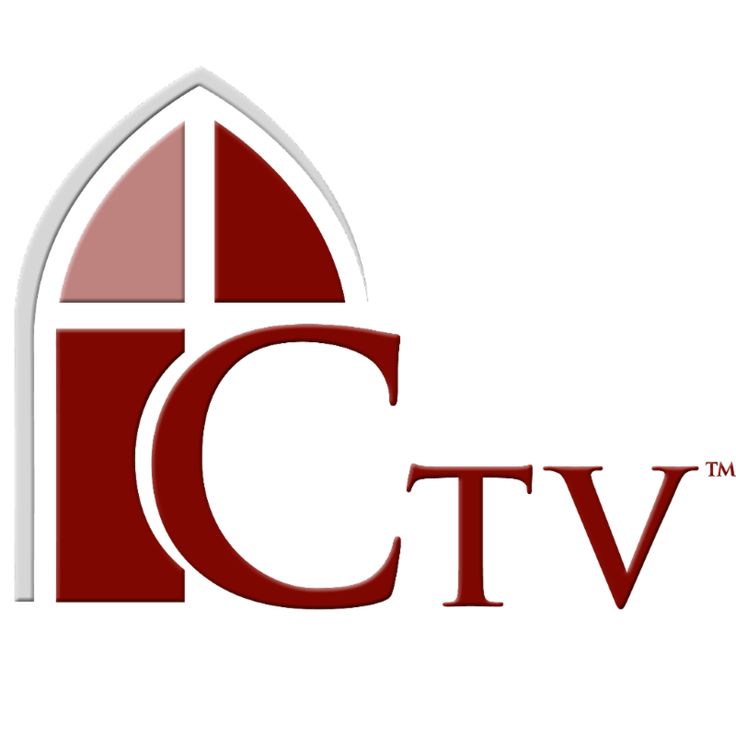The conclave begins again in Rome where cardinals from around the world will come together to pray for the Holy Spirit’s descent and to choose the next Bishop of Rome. This process and the ancient rituals have existed for centuries. We now come to a time when the Church’s leadership will be decided for years to come. We have history being made before us. I want to present a humble reflection with sparse words to explore the nature and mystery of a papal election.
Many Catholics have lived through multiple conclaves and popes. In my life, I have witnessed two papal elections: the 2005 Conclave, which elected Pope Benedict XVI, and the 2013 Conclave, which chose Pope Francis. There is now a cardinals’ college where the majority will be first-time electors. This means that junior members will be the majority to decide the next pope. While this doesn’t cast a lot towards who they will choose, it does demonstrate the importance of what will make the difference in this conclave and history.
Remember what the keys of Peter represent. We mustn’t forget this when we remember the importance of the Papacy. First, the chair of Peter represents what was handed on in the beginning. The Church has handed on the Gospel and magisterial teaching for almost two millennia. We are handing on what we have received beforehand. Church teaching is alive and vibrant. Nothing is more perilous and exciting than the traditions which Mater ecclesia hands on to us, to paraphrase G.K. Chesterton.
Secondly, there is the representation of God’s people in the conclave. What does that mean? Let’s explain. Outsiders will quip that the Church’s fold does not directly choose their leaders. This is true in direct terms, yet not true about the natural sense of leadership. Every high priest is taken up from among men, as Hebrews held. Our leaders in the Church come from the flock they serve. In the parable that is the Church, people choose their leaders by forming them in community life. The sheep of Christ choose their shepherds. All the cardinals come together, representing their countries, cultures, customs, beliefs, and families. When cardinals come together in Rome, they live out Revelation’s portrait of the people of God, coming from every “tribe, people, and nation” (see Revelation, chapter 7). Here, there is neither division nor dissent when all the members come together in Christ’s body.
Collective representation is a concept that a symbol or icon can represent the collective whole of a large group of people. In terms of influence, there is the liking principle, we form a positive association with those who represent us. A person who steps into the arena, taking up a challenge or a cause on our behalf, gains respect and admiration. We want to follow those who carry our values forward. In terms of being a social organization, the Catholic Church represents more people than any country, government, company, or other religion. What we will witness in this conclave is exactly this, our collective representation. It is not hyperbole or imaginative atrophy to state that the whole of humanity is represented in the conclave.
As far as elections go, the election of the pope is unique among all other electoral processes. While democracies put the power to choose leaders into the hands of their people by a common vote and autocracies grant power to an elite few, the Catholic Church grants deciding power to spiritual pastors, men chosen from among ordinary people, and places one in the position to be the shepherd of a global flock. Popes come from all walks of life and backgrounds. Karol Wojtyla was the son of a military officer, Joseph Ratzinger came from humble means in Bavaria, and Giuseppe Sarto, Pope St. Pius X, was born into a farming family. Simon Peter himself was a poor fisherman. Some popes came from nobility, still the rule holds that popes usually come from the common people. Dissidents criticize Church teaching on this or that issue or about the demands it places on people, but no one can deny the Church’s solidarity with people of common cloth. The cardinals gathering in Rome represent ordinary people from around the Earth. You can say Catholicism represents the everyday person more than any other organization.
Finally, and most importantly, God is represented. History is represented in the tradition passed down from before us, all the peoples are represented in the cardinals gathered for us, and God is represented in eternity for which we prepare. God’s will alone is the end for our existence. The conclave is the most important event of all. It is also only one act in the divine play, a starting note for the eternal symphony. The Spirit does not control people the way a chess player moves pawns and knights on a chessboard. Yet the Holy Spirit is watching, waiting, and turning hearts to God’s end. All this to prepare the way for Christ’s coming, which is, in the end, the ultimate and final end of any good action. The conclave represents all history and all people, it always represents the one who redeems Adam’s fall, Christ himself.
So, let us pray diligently and sincerely for our fellow disciples, the cardinals in Rome. They have a monumental task before them. They carry our spirits with them and goodwill as they adjudicate this solemn task. It is the most beautiful of things, it is the most perilous thing, it is indeed, the most solemn of spiritual events. It is history, it is potency, it is mystery. May God grant His infinite grace, boundless mercy, and guiding wisdom on all those participating in the 2025 conclave. Amen.
